From half a world away, the Council for Global Citizenship is teaming up with Boston University lecturer Cyrus Konstantinakos to try to save an ancient language.
Konstantinakos, a doctoral candidate in Curriculum and Teaching and a senior lecturer in the Teachers of English to Speakers of Other Languages program at BU, and the CGC have begun working on a photo-essay book in the Chamorro language. Having received a leave of absence for the spring, he said he will travel to Guam to educate students about the language.
“The unique plight of the Chamorro people in Guam was something that moved us, and we were happy to find ways that modern technology and innovative business practice could help document the culture and perhaps even help in its fight for survival,” said CGC student ambassador Aditya Rudra.
The project corresponds with CGC’s ideals by promoting positive change and social justice, Rudra, who is a School of Management sophomore, said.
Early this semester, Konstantinakos approached Rudra with the idea for the book and visit and met CGC members at the Howard Thurman Center. Konstantinakos started collaborating with CGC members to raise awareness and to obtain funds, preparing to pitch the project on the website Kickstarter.
After running the project for two summers at the University of Guam, Konstantinakos said he has run into significant financial issues. The U.S. Department of Education funded the initial stages of the project, but did not renew the grant, he said. While the university is trying to create a two-course, part-time teaching position for him, it is expected to sustain him for the spring term at most.
“They cannot offer me more than that because the university is in the midst of a financial crisis and a resultant firing freeze,” he said.
Rudra said that Konstantinakos and the CGC members are working to raise money for the Guam trip.
“At this moment we’re working on long-term cost analysis to figure out how much we’ll be asking for, as well as creating a short, powerful video ‘trailer’ for his project that will help drive investment,” he said.
The book, which will be published in Chamorro, English and Japanese, will introduce a new cultural topic that elaborates on each letter of the Chamorro alphabet, Konstantinakos said. He plans to sell the book as a souvenir and to provide revenues from sales to subsidize the cost for all public schools on the island.
“I see a generation of young Chamorros growing up with no cultural identity. It’s a way for me to restore cultural values to a lost generation,” he said. “It’s a way to help preserve a language that is [in] jeopardy of following in the footsteps of Sanskrit and Latin . . . to plant seeds in young minds so that they can continue the cause when my turn is up.”
Konstantinakos said he took interest in the problems the Chamorro face because it tied in with his doctoral study on language – and culture curriculum development in the School of Education.
“The more I read about the Chamorro people, the more compelled I became to take on this project,” he said. “Their culture is deeply beautiful, their history is characterized by incredible tragedy and resilience, and their survival now faces its greatest threat ever – a massive military buildup planned on Guam over the next few years.”
Although the Chamorro language is taught in Guam public schools, teachers have no uniform textbook from which they can teach it and resort to using loose handouts, according to a proposal detailing the project.
Dallas Taijeron, who teaches the Chamorro language to public school students in Guam, said in an interview that the production of the book will prove “useful” to many teachers, who have almost no resources to teach the language.
“It will give young learners an engaging, visual introduction to our culture and teach them about what is important to us and why we must protect it,” Taijeron said.
Taijeron said it is important for educators to continue teaching the language because it is a key part of younger generations’ cultural identities.
“I teach Chamorro because I see a generation of young Chamorros growing up with no cultural identity,” Taijeron said. “It’s a way for me to help restore cultural values to a lost generation.”

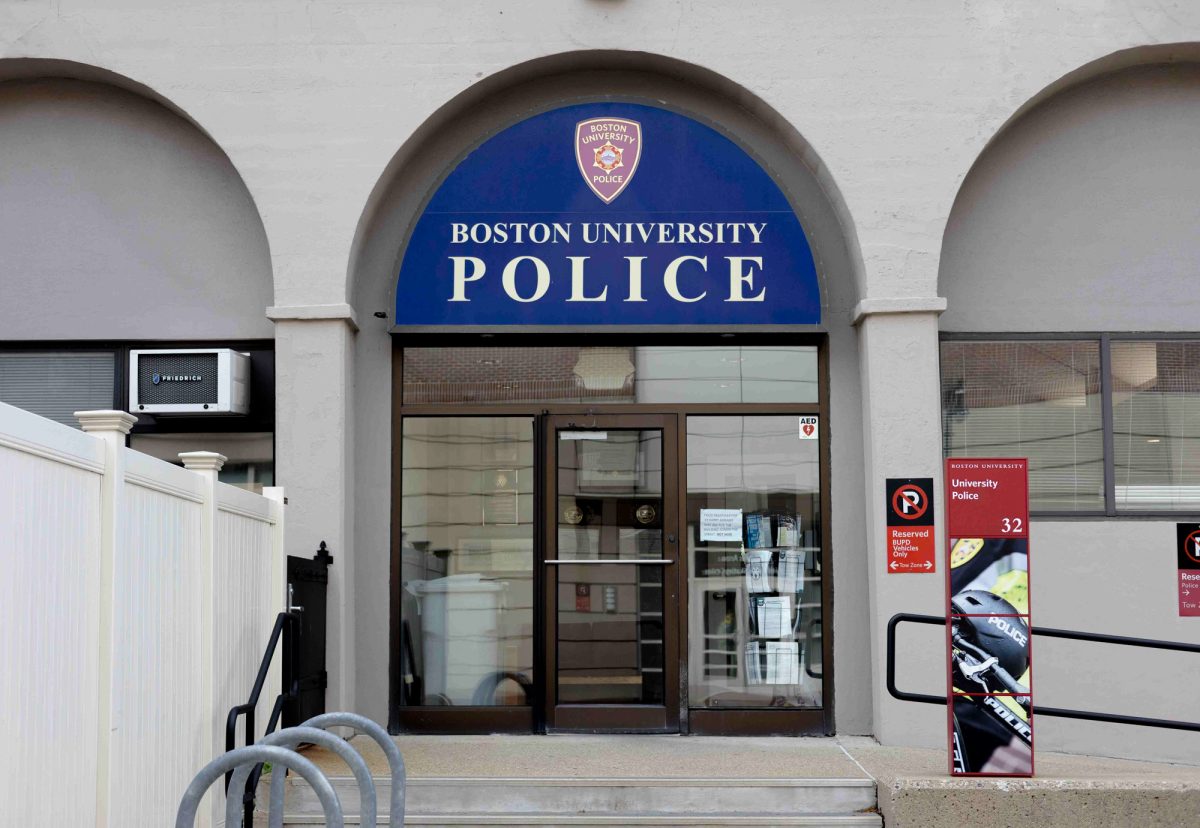
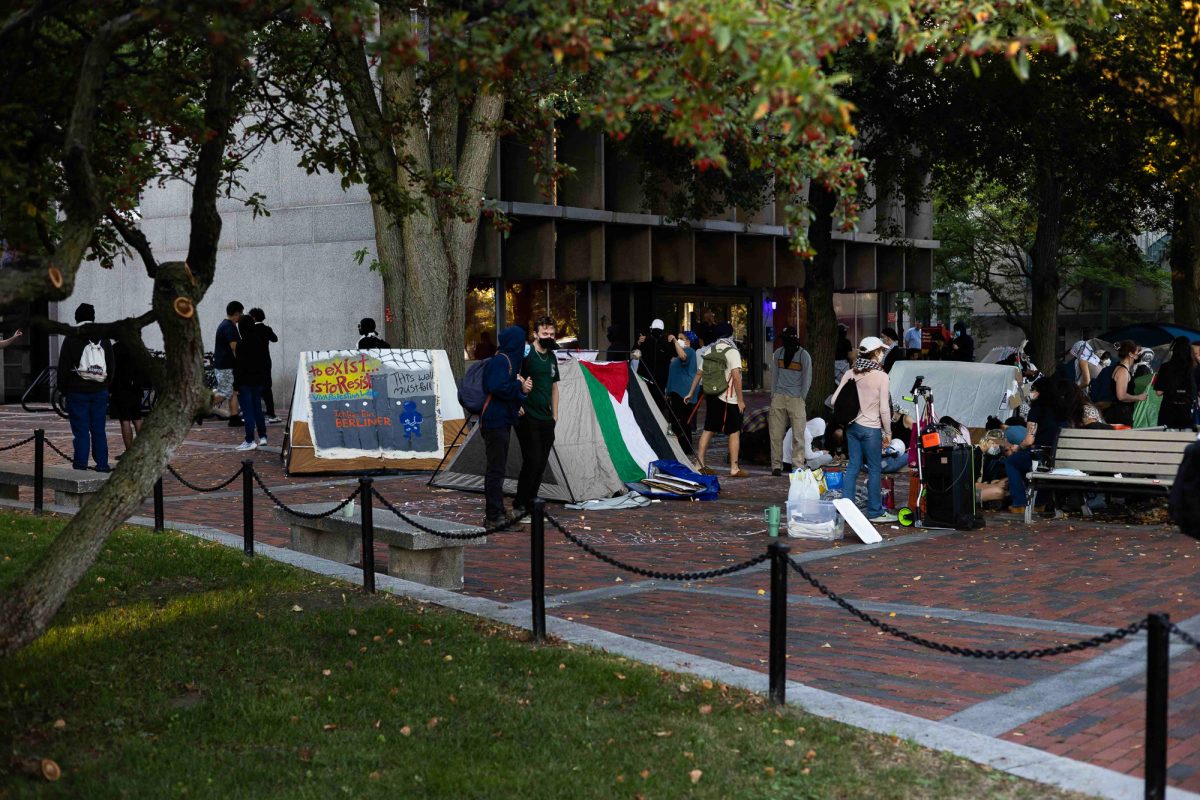
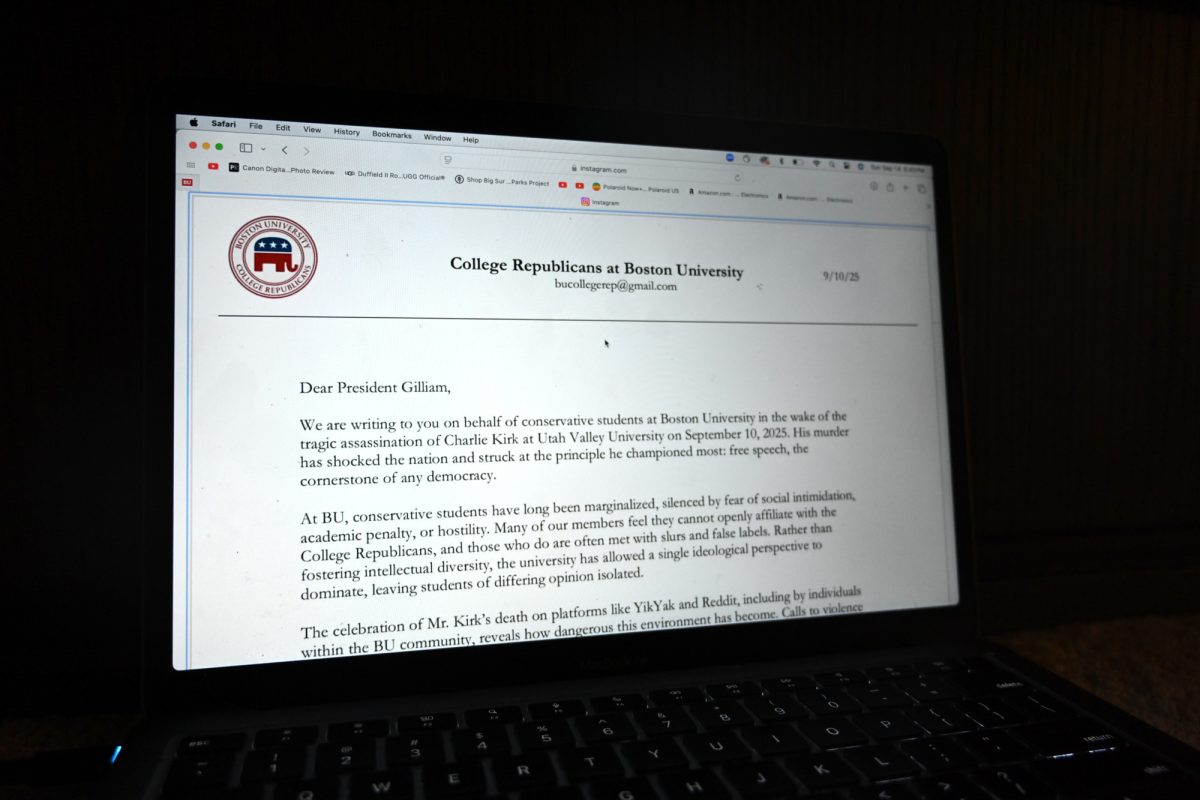
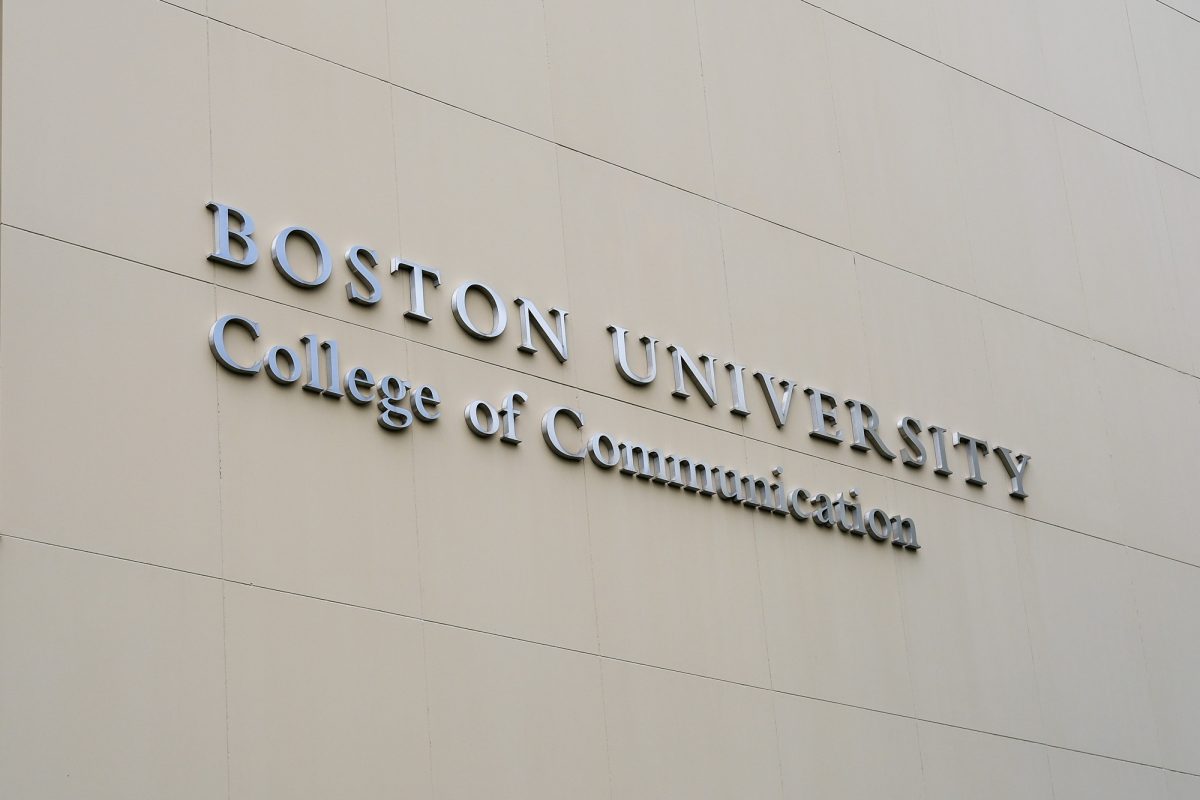
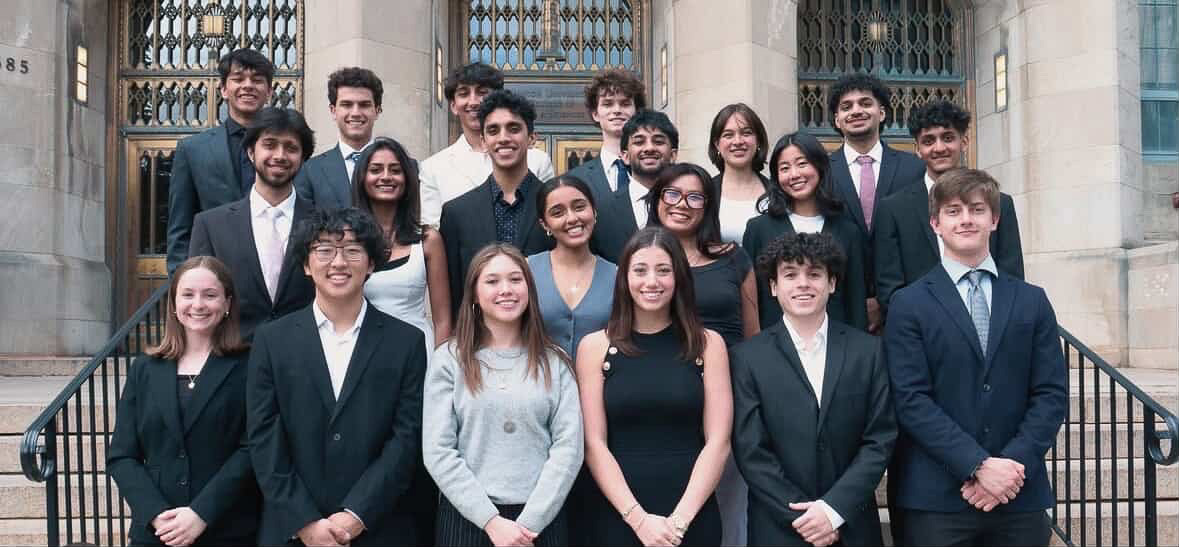
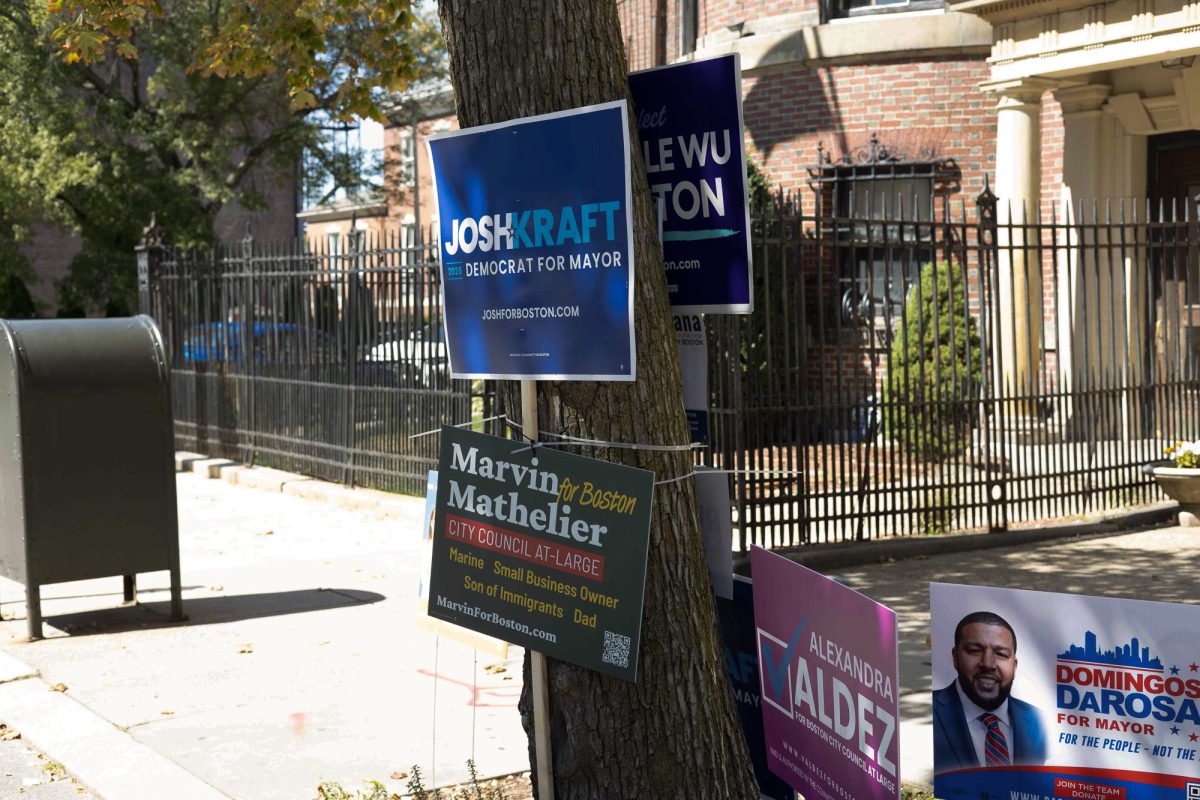
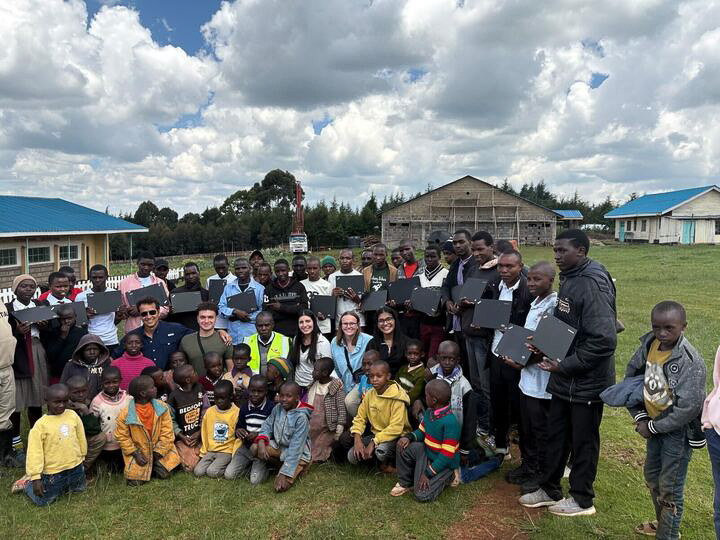
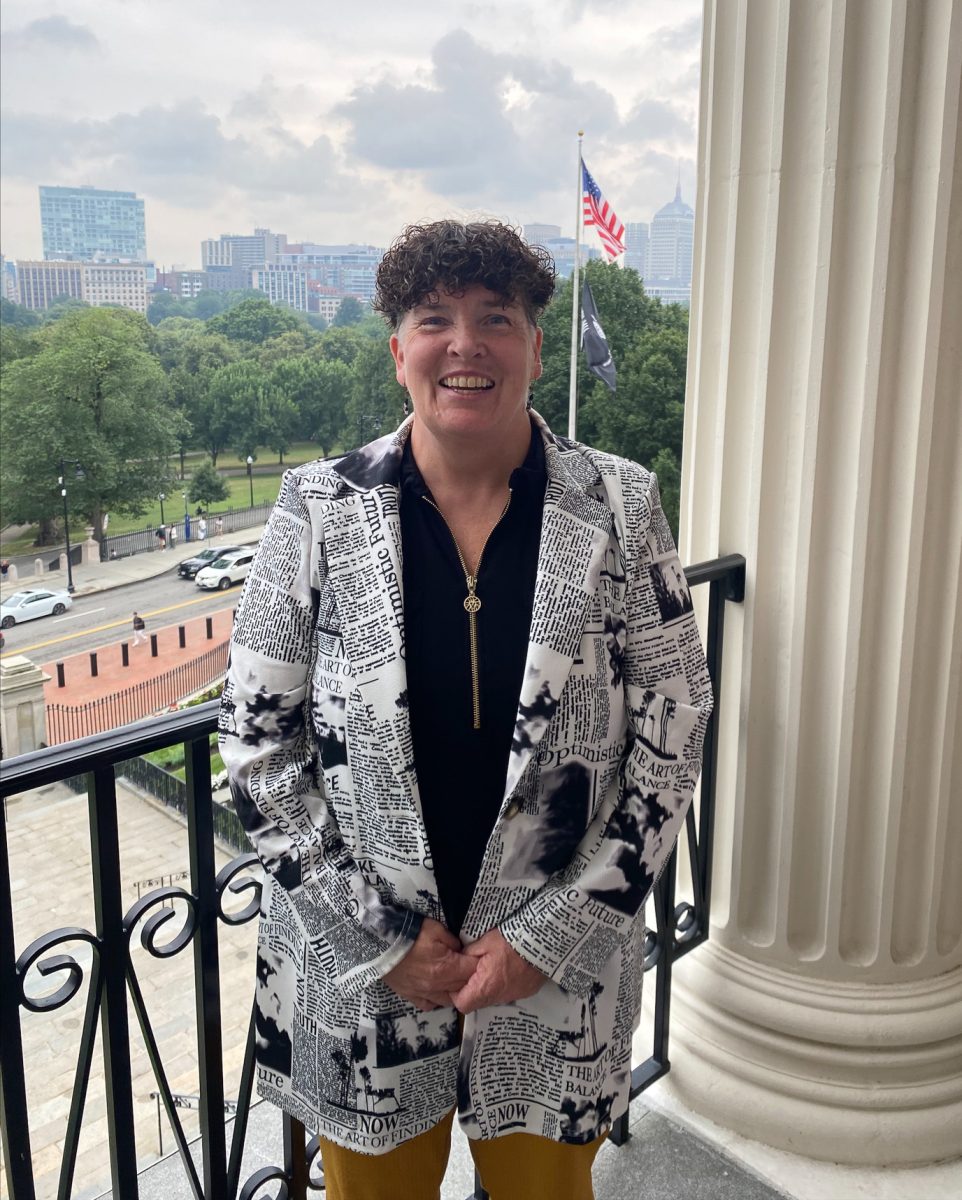


















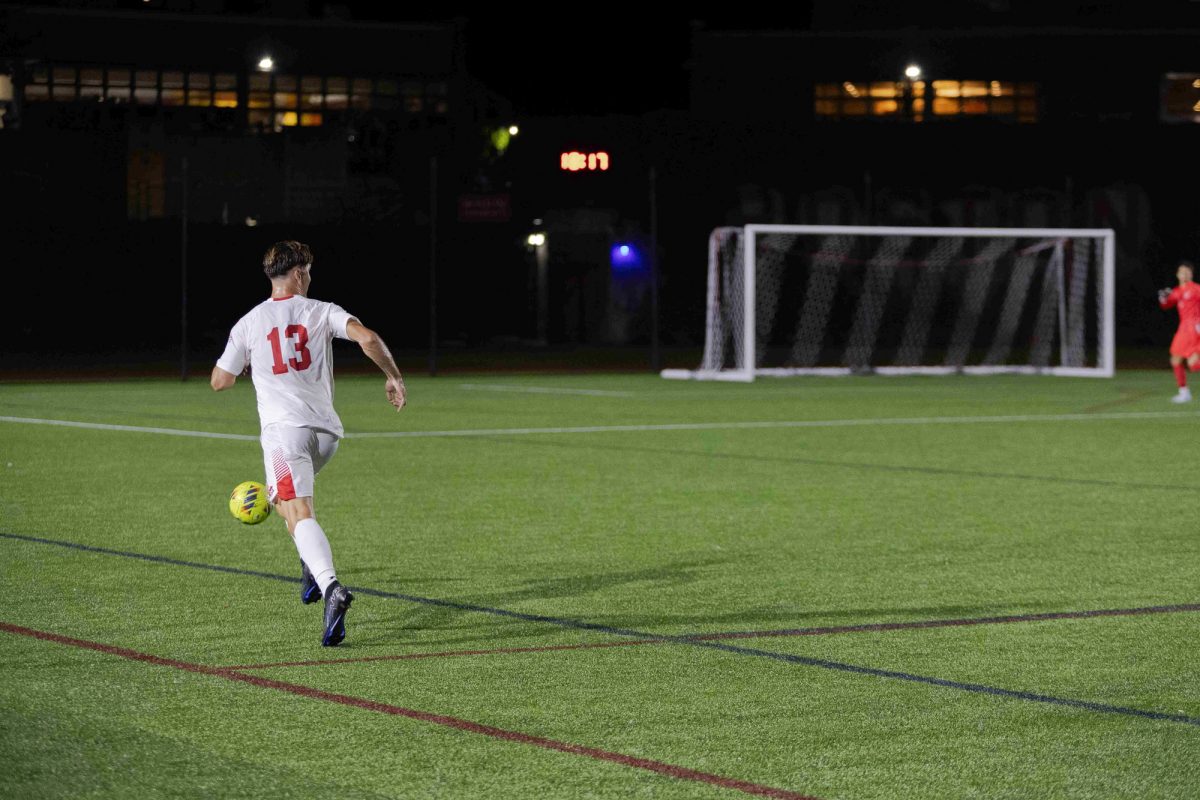
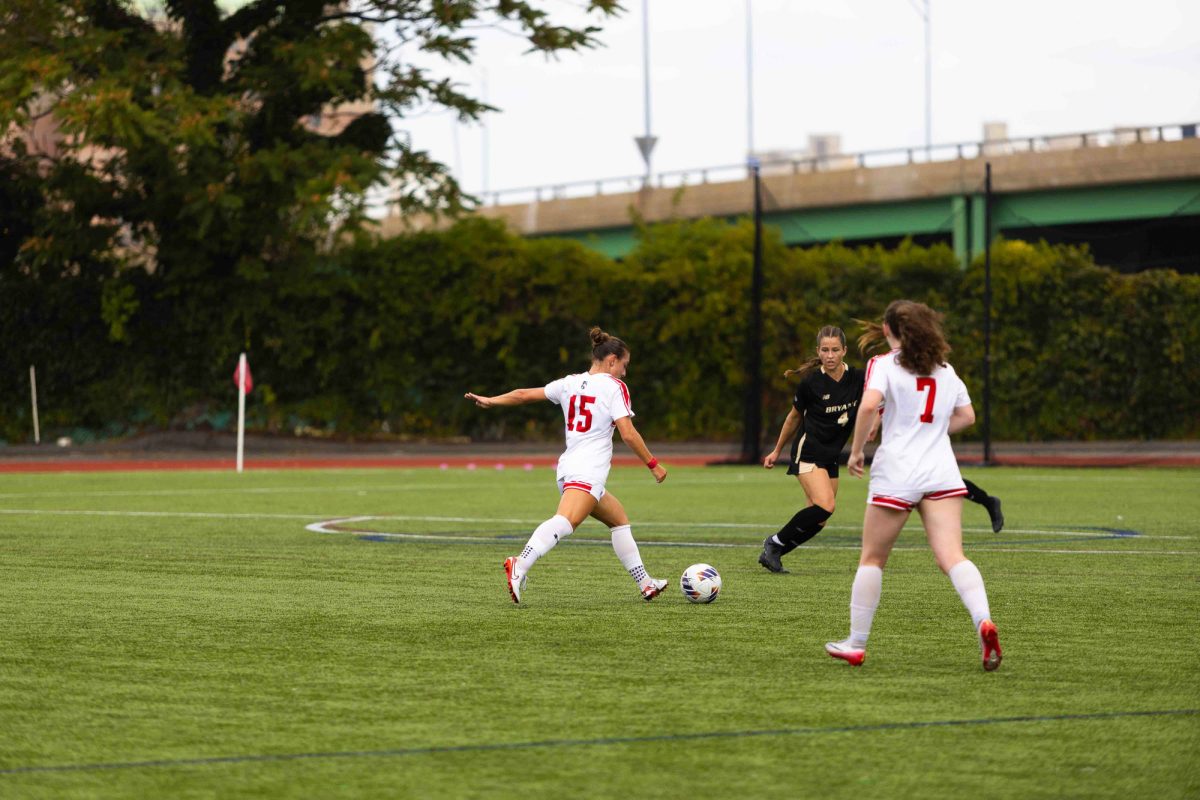

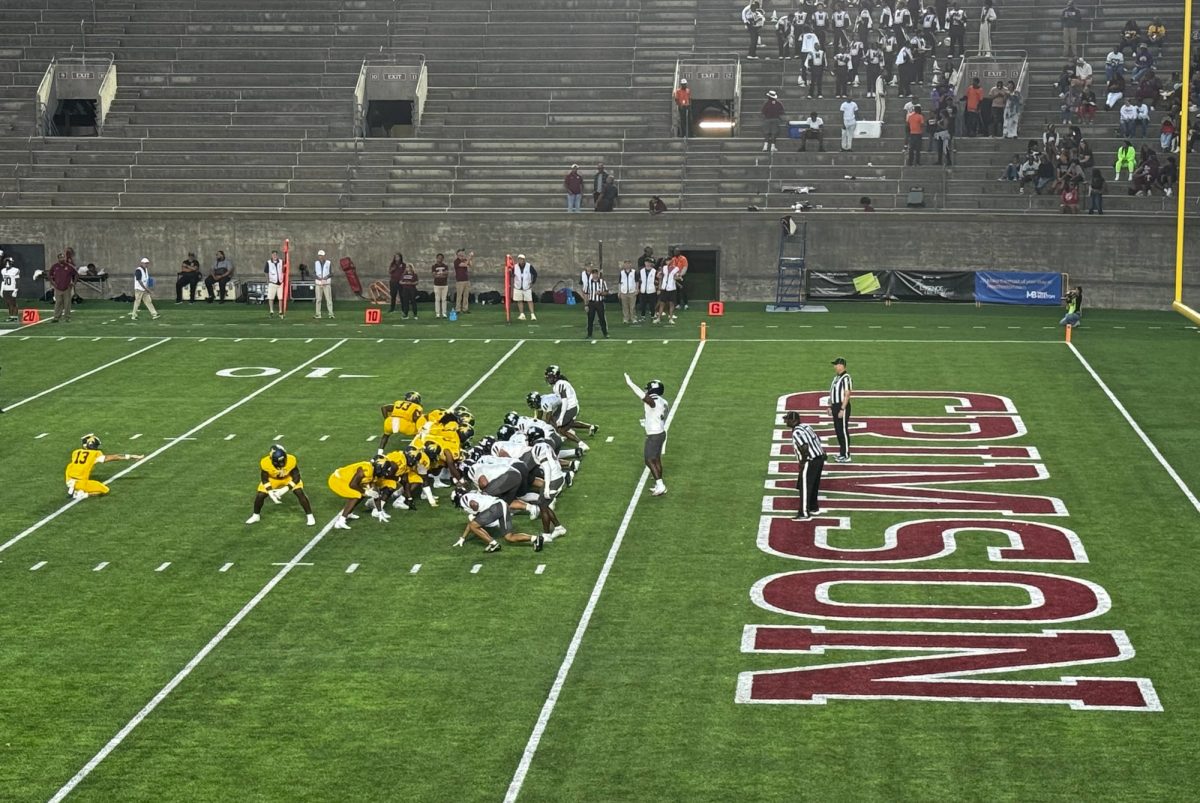

























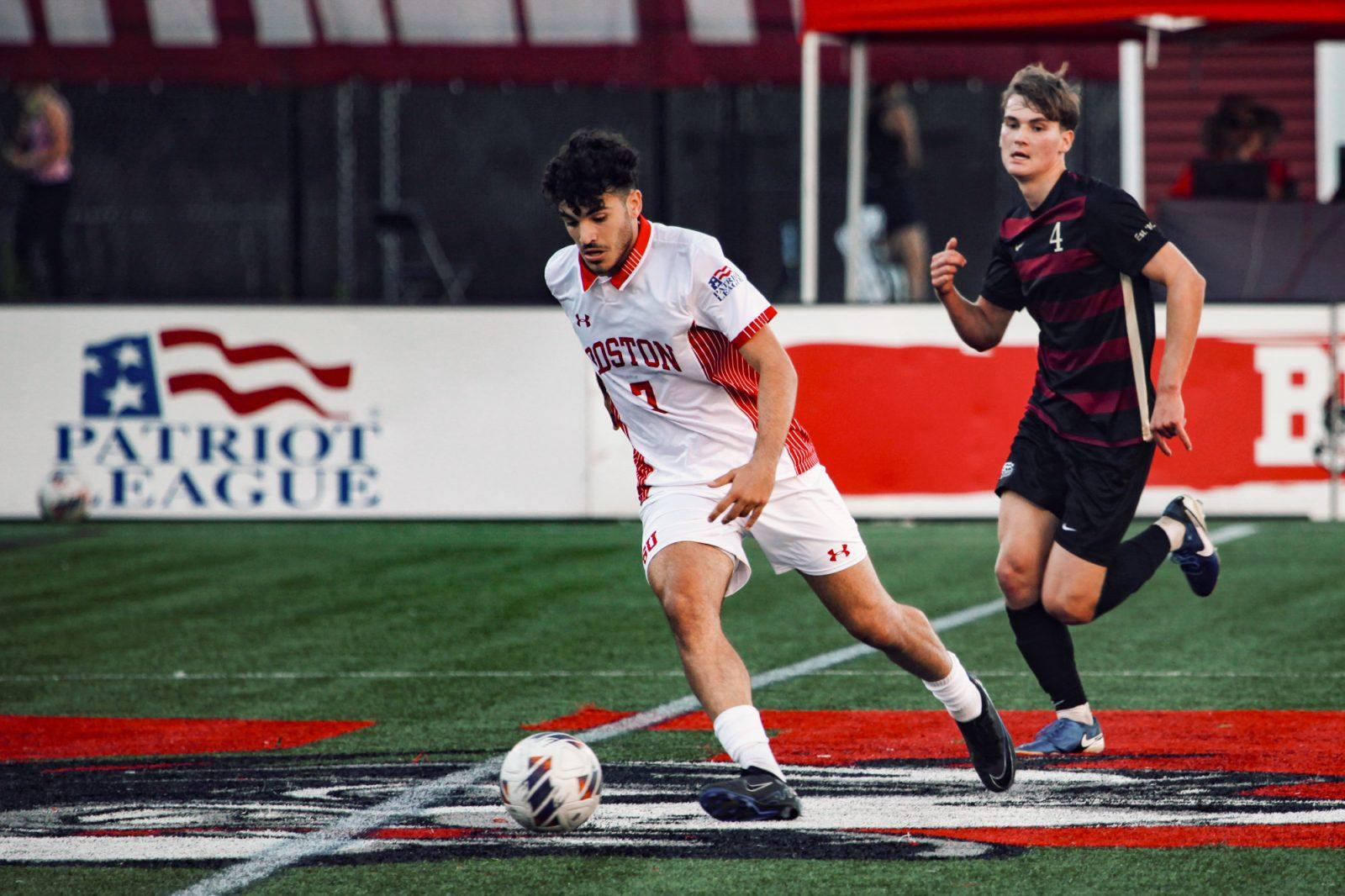










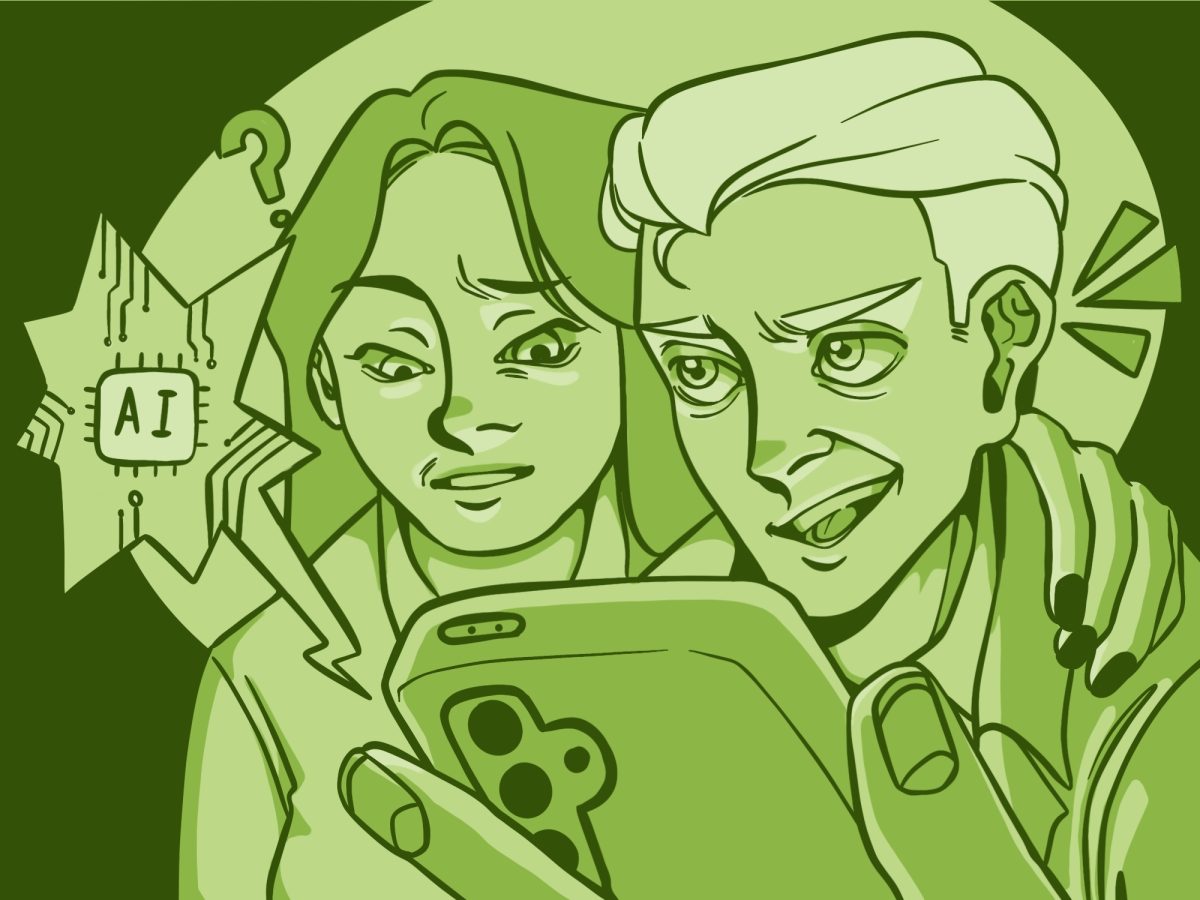
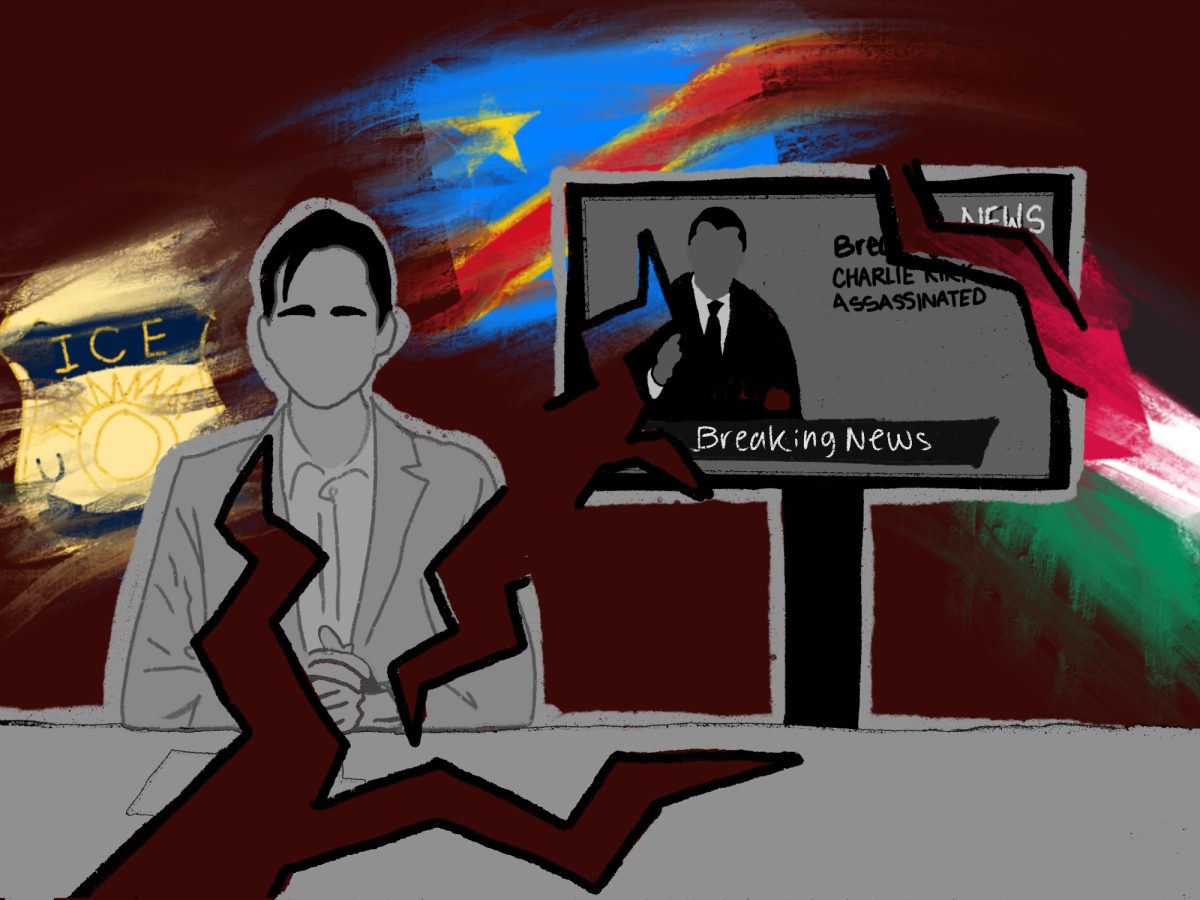

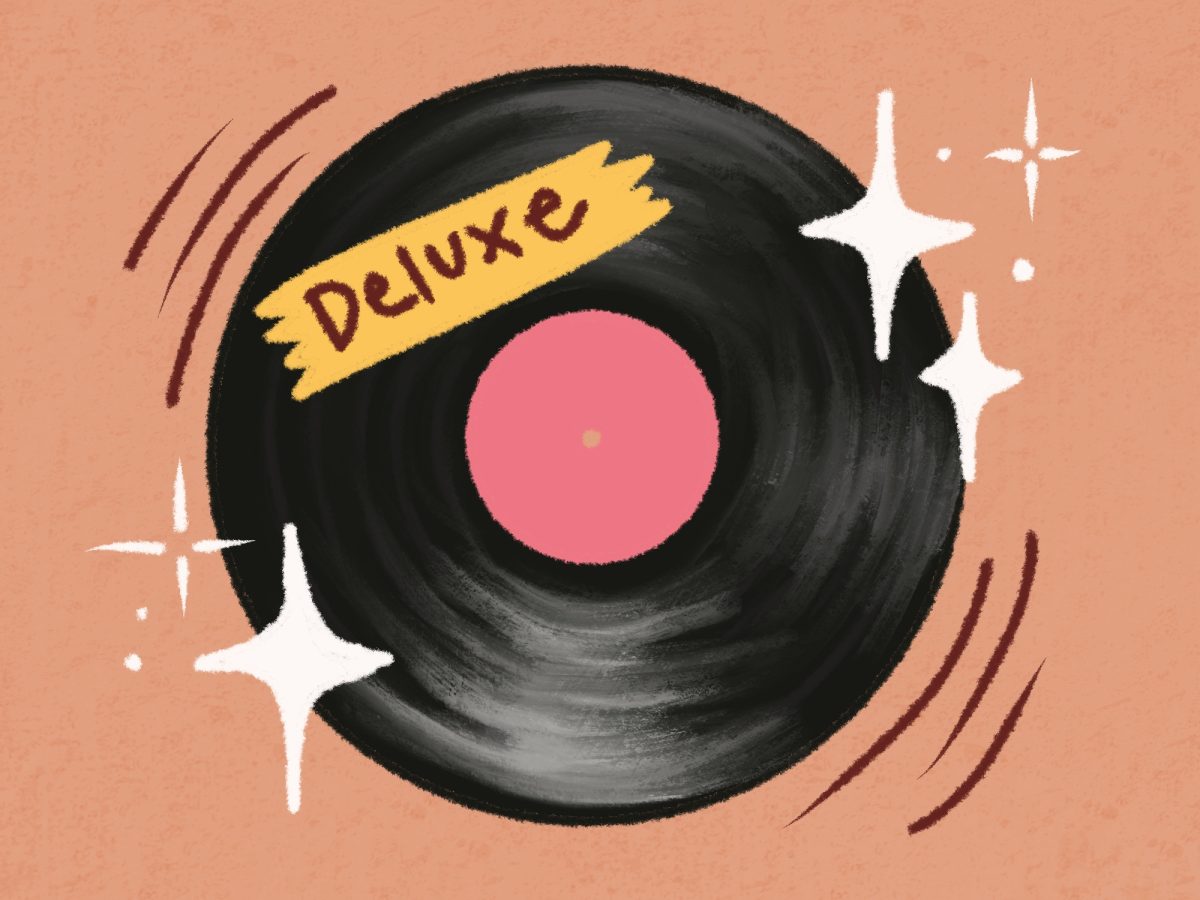

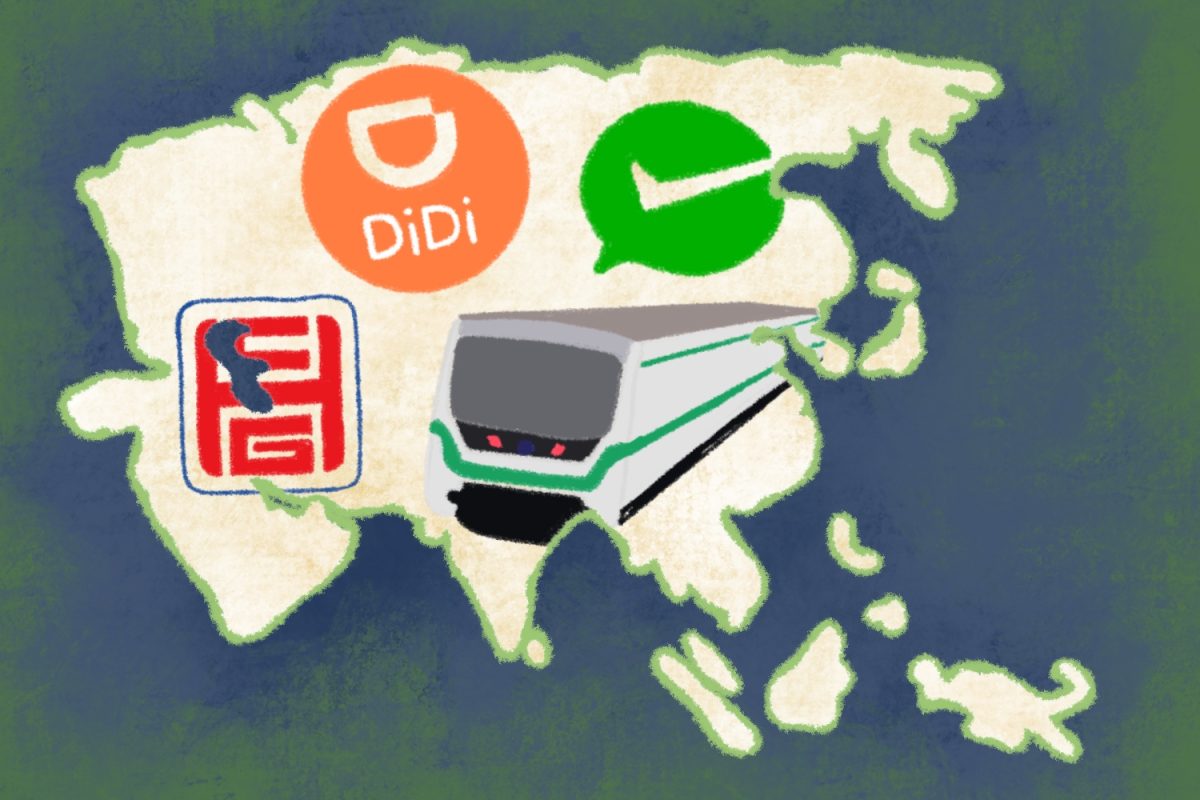
















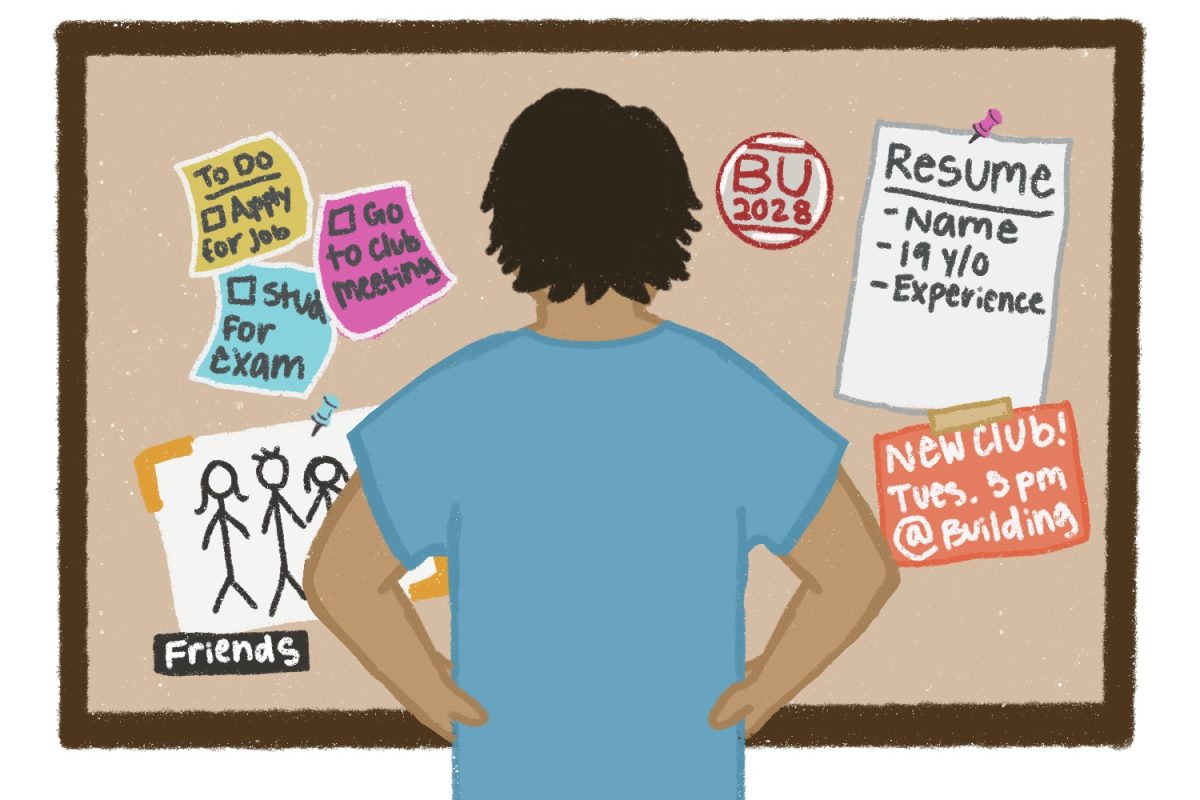
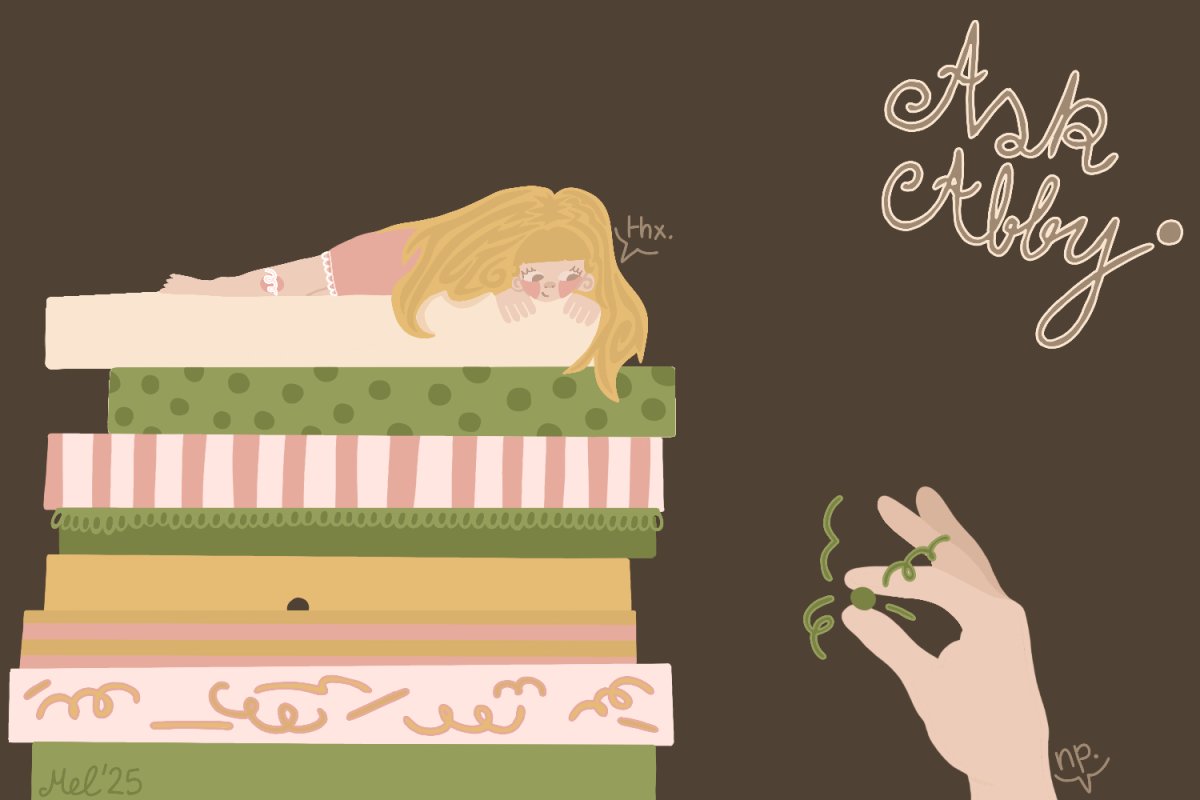
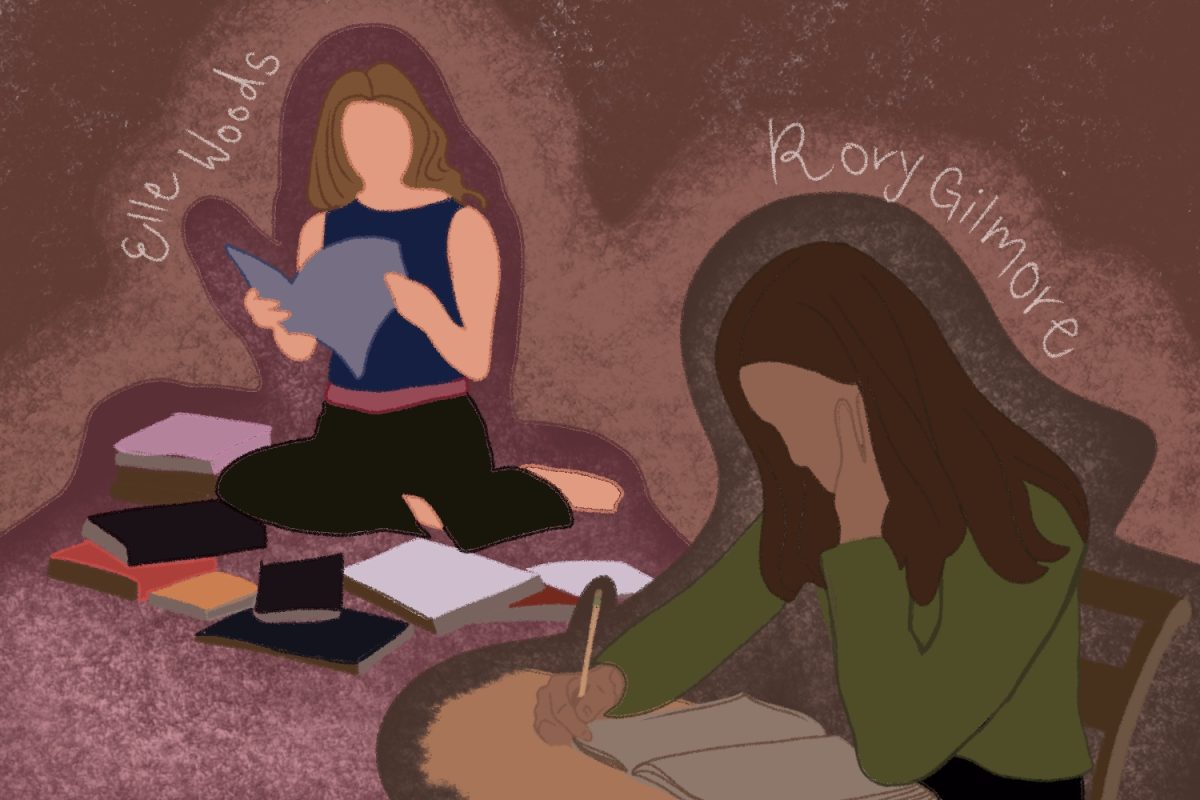
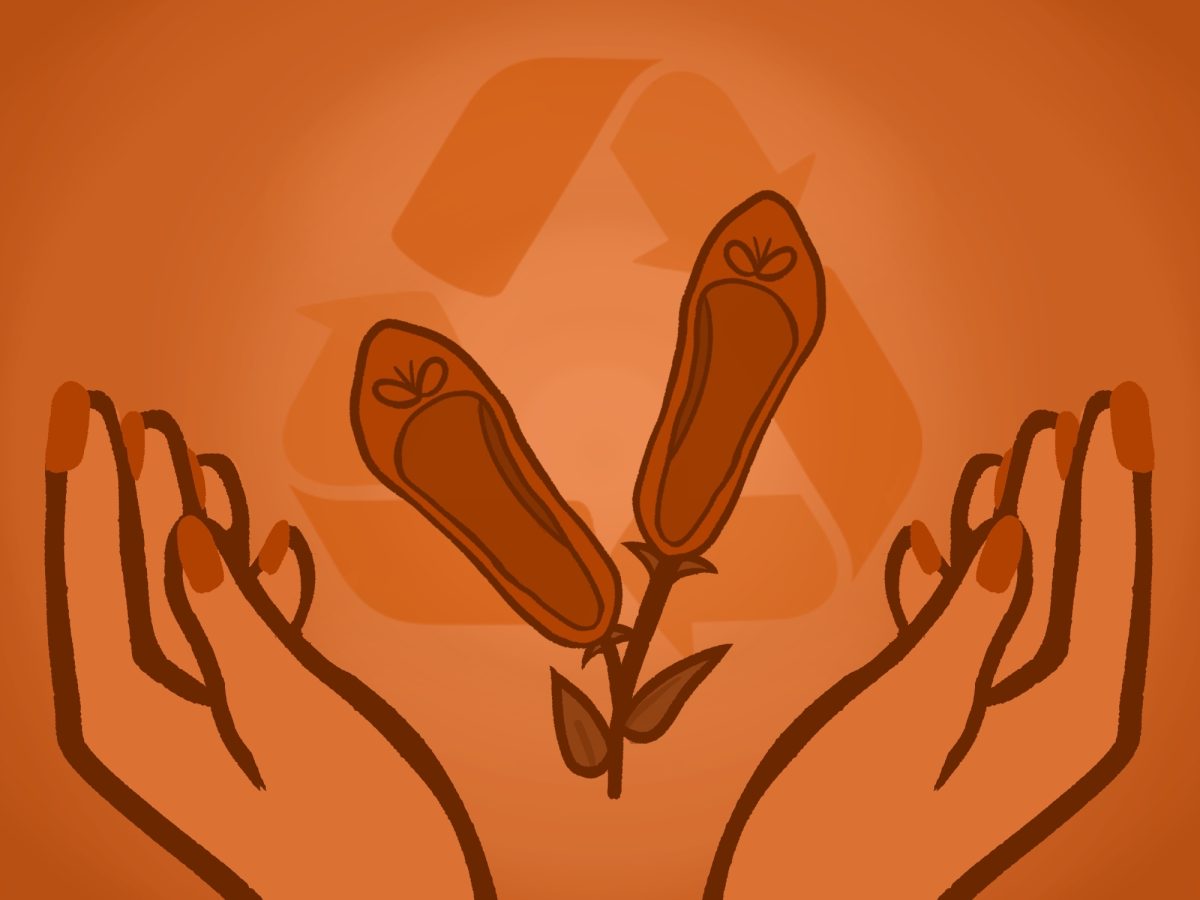











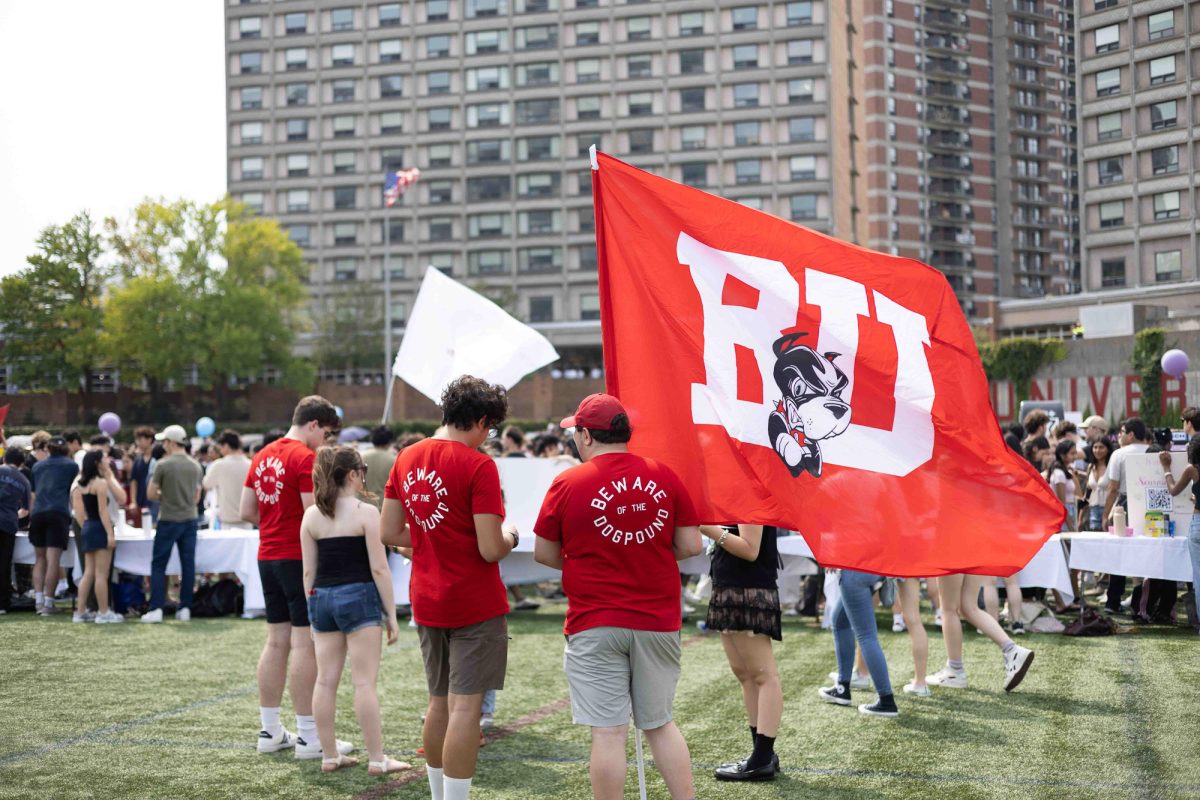







Tiana • Mar 3, 2012 at 2:01 pm
Where can I buy a copy of this book?
Brian Schacher • Dec 14, 2011 at 12:27 am
I believe Chamorro is Aramaic and Hebrew/Canaanite languages mixed together due to the language being so ancient . I have matched many of the root words of Chamorro with those languages.